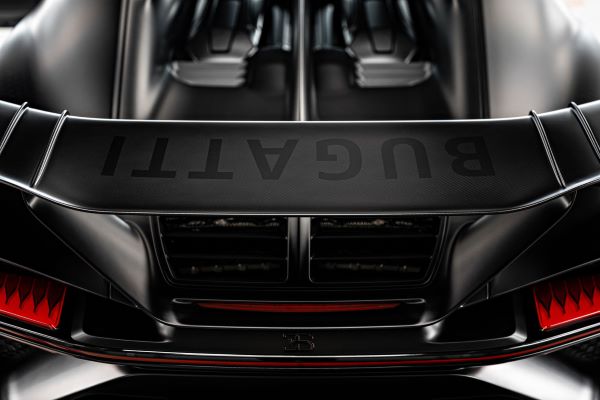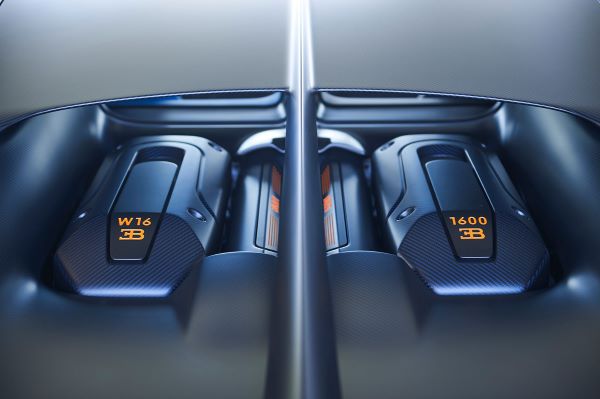
The most abundant material in a Bugatti is carbon fiber
London, 13 October 2023, (Oilandgaspress) – Ever since the EB110, one of the world’s first production cars fitted with a carbon fiber monocoque, this material has formed a core part of the Bugatti ‘Form Follows Performance’ design philosophy. It was on the Veyron Pur Sang in 2007 that the natural beauty of the fibers first come to the fore, clear-coated on this special edition car to showcase the stunning raw materials that make up a Bugatti hyper sports car. Today, Bugatti offers its customers nine different tints and various levels of visible carbon fiber – but the process of creating a material that is both beautiful and strong is one of intricate craft and complexity.
Carbon fiber body panels are made from sheets of overlapping woven fibers that are extremely thin, at around a tenth of the width of a strand of human hair. But the way these fibers are arranged is absolutely crucial to the strength of the sheets, most rigid in the direction that the fibers are pointing. And although the process of aligning them may be difficult and time-consuming, the benefits speak for themselves; body components made of carbon fiber weigh 20-30% less than a corresponding element made of aluminum, or 50% less in the case of steel, while still being very resistant.

Just as Bugatti did with the Veyron Pur Sang in 2007, today it offers customers a wide range of nine visible tinted carbon fiber colors for the body, where the weave of the fibers is on full display – covered only with transparent lacquer, which can also be tinted in one of nine different finishes. But the process of creating this finish takes months to perfect, requiring the skill of experienced craftspeople that understand both the visual and structural importance of carbon fiber.
The largest part – a side panel which is around 2m long – takes nearly a week to produce, culminating in the raw materials being placed into a mold and then “baked” in an autoclave at 248°F (120°C) under high pressure and for around two hours.
The design team requires the carbon fibers to be aligned at a 45° angle, with a perfect fishbone in the middle. Anything more than 1 or 2° out and the panel will have to be made from scratch. Any fibers out of position, any fraying or any bumps or kinks in the material and the panel will have to be made again. The materials experts and the design team work vigorously to ensure every single millimeter of the surface is free from imperfection.
Information Source: Read More
Energy Monitors , Electric Power , Natural Gas , Oil , Climate , Renewable , Wind , EV , LPG , Solar , Electric , Electric Vehicles,


